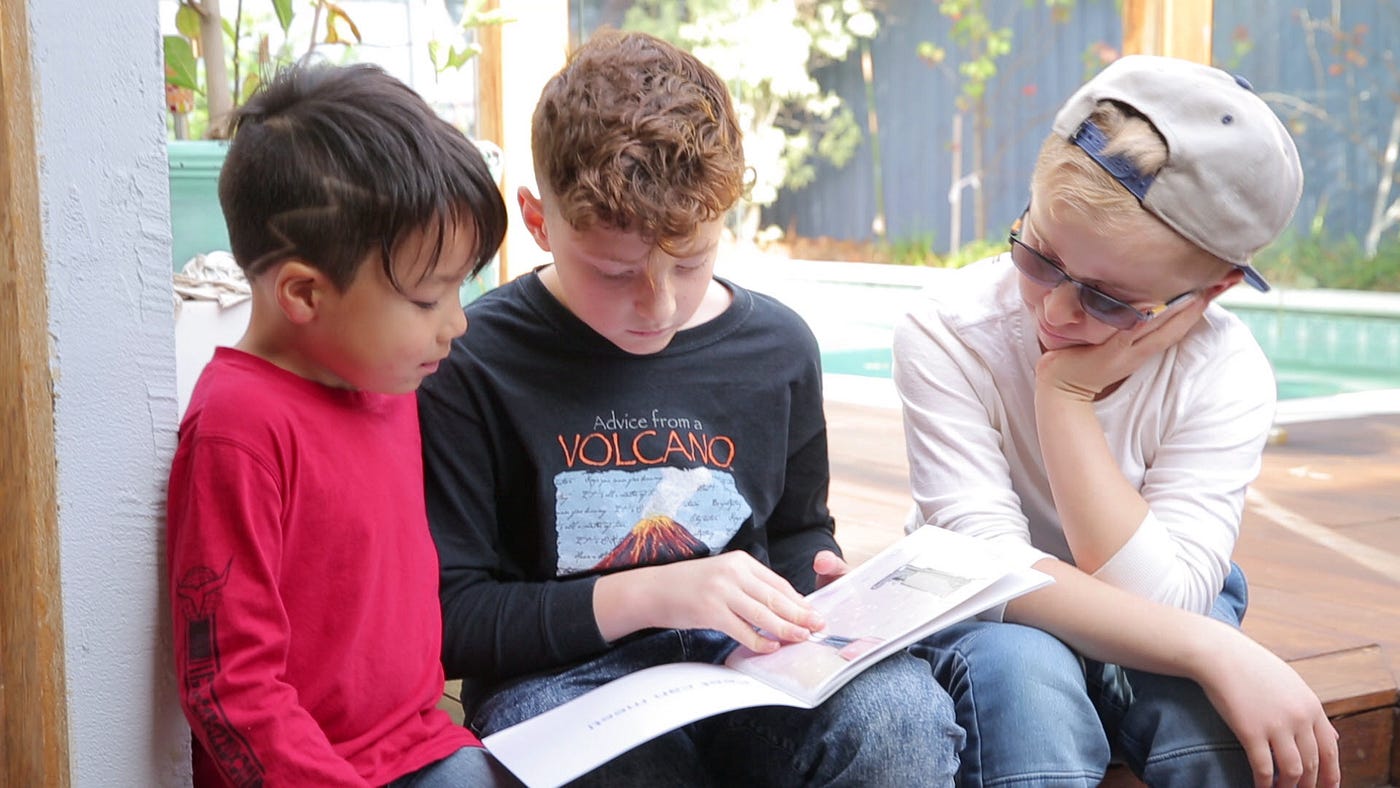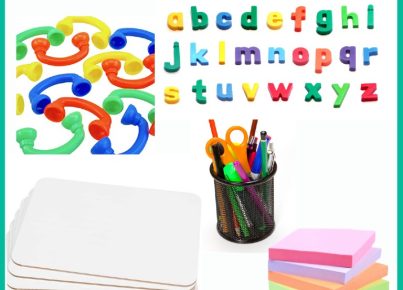Learning to read with expression is an essential skill that can greatly improve a child’s overall reading comprehension and ability to engage with the material. Here are 20 activities to help kids read with more expression and enthusiasm.
1. Model expressive reading: Demonstrate how to read aloud with expression by emphasizing emotions, pauses, and tone.
2. Encourage role-playing: Let children choose characters from a book or story and act them out while reading.
3. Use picture books: Engage children in discussing images and how these relate to the story, encouraging them to use expression when discussing the pictures.
4. Create emotion cards: Make flashcards displaying different emotions and ask kids to read aloud sentences while expressing the emotion shown on the card.
5. Choral reading: Have kids read passages in unison, emphasizing intonation and pacing.
6. Use props: Add visual aids to enhance the narrative experience and prompt expressive reading.
7. Encourage dramatization: Host a play or skit using a chosen passage from a book, encouraging kids to perform their lines expressively.
8. Record performances: Use a recording device so kids can listen back and self-assess their performance, identifying areas for improvement.
9. Echo reading: Read a passage out loud, asking children to repeat with added expression after you.
10. Punctuation bingo: Create a bingo game focused on punctuation marks that influence expression such as exclamation points, commas, and question marks.
11. Show enthusiasm: Share your own excitement for expressive reading; enthusiasm is contagious!
12. Practice sight words: Building fluency with sight words helps children read more expressively by focusing on meaning rather than decoding individual words.
13. Utilize board games: Play board games that require expressive speech like charades or Pictionary Junior.
14. Encourage peer feedback: Allow children to give feedback on each other’s expressive reading, fostering a supportive environment for growth.
15. Discuss the importance of expression: Talk to kids about why reading with expression is beneficial and how it affects comprehension.
16. Foster a love for reading: Encourage regular reading by selecting engaging books that interest your child.
17. Play expressive games: Use expressive storytelling games that encourage kids to practice using different tones, pitches, and emotions.
18. Practice with poetry: Encourage children to read poems out loud, focusing on appropriate pauses and emphasis.
19. Utilize audiobooks: Listen to examples of professional readers using expressive reading techniques such as intonation, pacing, and emphasis on certain words or phrases.
20. Set goals & celebrate progress: Track improvement in expressive reading abilities with tangible benchmarks, celebrating progress as goals are achieved.
By incorporating these activities into your child’s reading routine, they will be on their way to mastering expressive reading skills and building a stronger connection to the texts they encounter.





